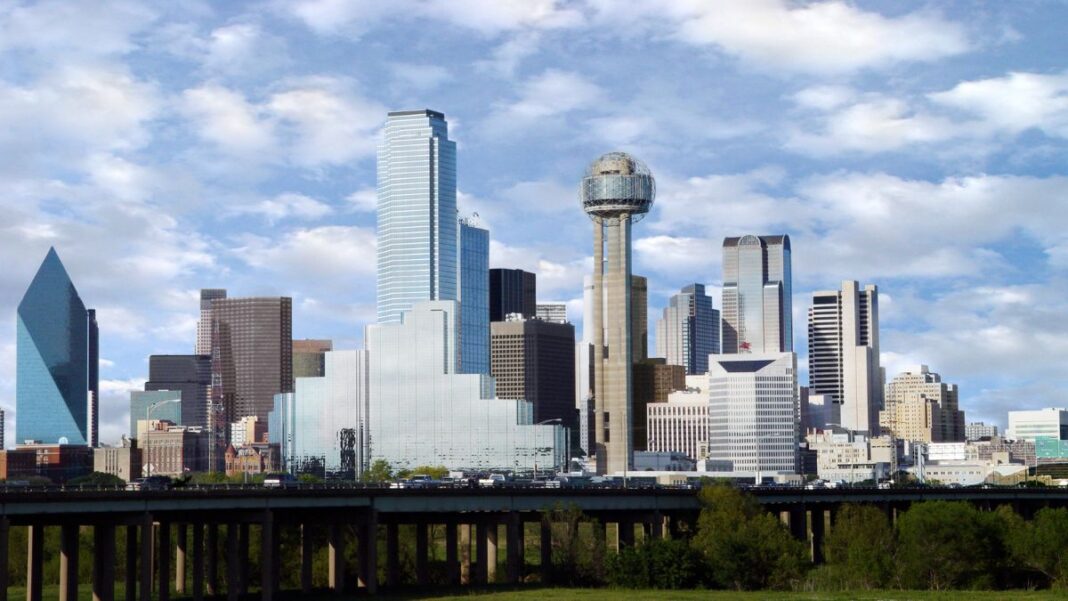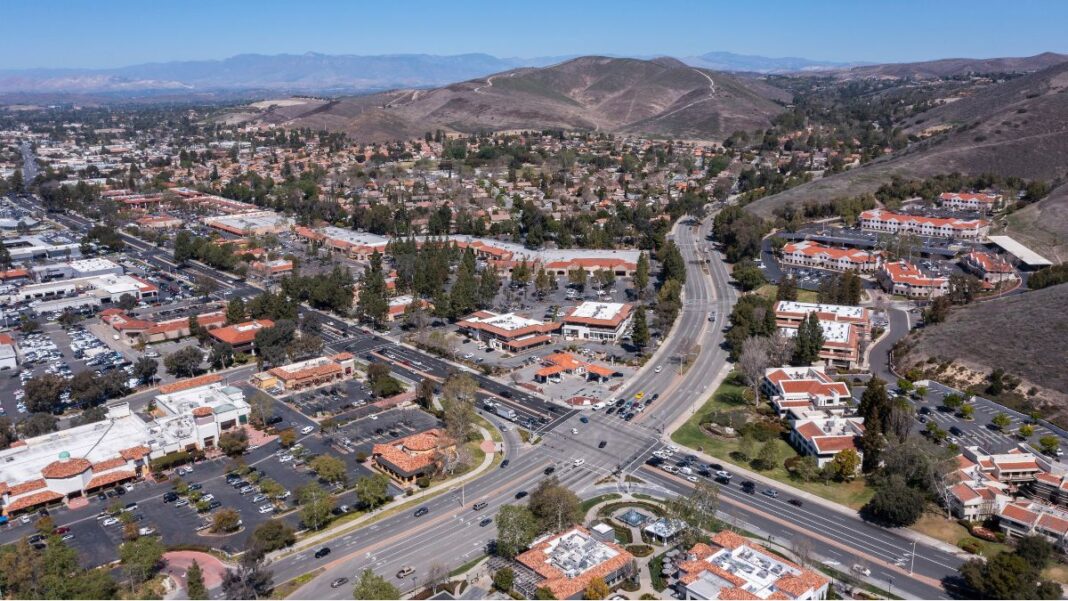Dallas, TX, stands as a major metropolitan hub known for its booming economy, rich culture, and historical significance. The city attracts thousands of new residents annually due to its numerous opportunities and vibrant lifestyle.
However, like any major city, safety concerns often emerge as a top priority for potential movers. To answer the question, Is Dallas, TX a dangerous place to live?, it’s essential to dive into the city’s crime statistics, neighborhood safety, and practical tips for making your transition safer and smoother.
Understanding Dallas Crime Statistics
Dallas presents a complex landscape when it comes to crime. While the city offers abundant opportunities and amenities, it also grapples with various safety challenges. Understanding the nuances of Dallas’s crime statistics is crucial for anyone considering moving to or living in the city.
Violent Crime in Dallas
Violent crime, encompassing offenses such as assault, robbery, and homicide, remains a significant concern in certain areas of Dallas. However, it’s important to contextualize these statistics:
- Comparison to National Averages: The violent crime rate in Dallas is approximately 1,000 incidents per 100,000 residents, which is higher than the national average of around 400 incidents per 100,000. This places Dallas in a similar range to other large metropolitan areas like Houston and Los Angeles.
- Neighborhood Disparities: Crime is not uniformly distributed across Dallas. Areas such as South Dallas, parts of West Dallas, and areas surrounding certain public housing complexes experience higher rates of violent crime. Conversely, affluent neighborhoods like Highland Park and Preston Hollow report significantly fewer incidents, often well below the city average.
- Trends Over Time: In recent years, Dallas has seen fluctuations in violent crime rates. Initiatives such as increased police presence, community policing efforts, and youth engagement programs have contributed to a gradual decline in certain types of violent crimes. However, challenges like gang activity and economic disparities continue to impact these statistics.
- Demographic Factors: Socioeconomic factors play a critical role in violent crime rates. Areas with higher poverty rates, lower educational attainment, and limited access to employment opportunities tend to report higher instances of violent crimes.
Property Crime
Property crimes, including burglary, theft, and vehicle-related offenses, are more prevalent in Dallas compared to violent crimes. These offenses, while generally less severe than violent crimes, can significantly impact residents’ sense of security.
- Urban vs. Suburban Areas: Property crime rates are notably higher in urban centers like Downtown Dallas and East Dallas. Suburban neighborhoods such as Plano, Richardson, and Garland experience much lower property crime rates, often attributed to better community resources and proactive neighborhood watch programs.
- Types of Property Crimes:
- Burglary: Breaking into homes and businesses remains a persistent issue, particularly in less affluent areas.
- Vehicle Theft: Car theft and related vandalism are common in areas with high foot traffic and limited surveillance.
- Shoplifting and Retail Theft: These crimes are more prevalent in commercial districts with numerous retail outlets.
- Mitigation Strategies: Residents can reduce their risk of property crimes by:
- Installing Security Systems: Alarm systems, surveillance cameras, and smart home technologies act as deterrents.
- Community Engagement: Participating in neighborhood watch programs and fostering community vigilance can help identify and prevent criminal activities.
- Personal Vigilance: Simple measures like locking doors and windows, securing vehicles, and avoiding leaving valuables in plain sight can significantly reduce the likelihood of property crimes.
Comparing Dallas to Other Cities
When evaluating whether Dallas is a dangerous place to live, it’s beneficial to compare its crime rates and safety metrics to other similar-sized cities.
- Crime Rate Rankings:
- Higher Than: Cities like Austin and Plano enjoy lower crime rates, making them attractive alternatives for those prioritizing safety.
- Comparable To: Metropolitan areas such as Houston and Phoenix have similar crime profiles, with certain districts experiencing elevated risks.
- Lower Than: Major cities notorious for higher crime rates, such as Detroit and Chicago, still have higher overall crime rates compared to Dallas.
- Quality of Life Indicators:
- Economic Health: Dallas’s robust economy, driven by sectors like technology, finance, and healthcare, contributes to lower unemployment rates, which can indirectly influence crime rates.
- Education and Social Services: Cities with better-funded educational institutions and social services often experience lower crime rates. Dallas has a mix of high-performing and struggling school districts, which correlates with the varying safety levels across neighborhoods.
- Law Enforcement Effectiveness:
- Policing Initiatives: Dallas Police Department (DPD) has implemented various strategies, including community policing, data-driven approaches, and partnerships with local organizations to combat crime.
- Community Trust: Building trust between law enforcement and communities is essential for effective crime prevention. Efforts in Dallas to enhance transparency and community engagement are ongoing and show promise in improving public safety.
- Public Perception vs. Reality: Media coverage can sometimes amplify perceptions of danger. While certain areas of Dallas have legitimate safety concerns, many residents live in safe neighborhoods and experience the city as vibrant and secure.
Safest Neighborhoods in Dallas
Choosing the right neighborhood can greatly impact your perception of safety and overall quality of life in Dallas. The city boasts several secure and desirable areas, each with its unique characteristics and amenities.
Top Safe Areas in Dallas
- Highland Park
- Overview: An affluent enclave known for its opulent homes, upscale shopping, and exclusive schools.
- Safety Metrics: Consistently ranks as one of the safest neighborhoods in Dallas, with low crime rates and a strong police presence.
- Community Features: Offers lush parks, private clubs, and a tight-knit community atmosphere, making it ideal for families and professionals seeking a secure environment.
- Lakewood
- Overview: A historic neighborhood situated near White Rock Lake, renowned for its charming architecture and tree-lined streets.
- Safety Metrics: Reports significantly lower crime rates compared to the Dallas average, particularly in property crimes.
- Community Features: Active community association, numerous recreational opportunities at White Rock Lake, and a vibrant local dining scene contribute to its desirability.
- Bishop Arts District
- Overview: A trendy, culturally rich neighborhood known for its eclectic shops, art galleries, and vibrant nightlife.
- Safety Metrics: Maintains lower crime rates, especially in property crimes, making it a popular choice among young professionals and creatives.
- Community Features: Hosts regular community events, fostering a sense of belonging and mutual support among residents.
- University Park
- Overview: Adjacent to Highland Park, University Park is home to Southern Methodist University (SMU) and offers a blend of academic and residential environments.
- Safety Metrics: Very low crime rates, bolstered by the university’s security measures and active campus policing.
- Community Features: Access to educational resources, cultural events, and a variety of recreational facilities make it a desirable place to live.
- Plano (Suburb of Dallas)
- Overview: Although technically a suburb, Plano is part of the Dallas-Fort Worth metropolitan area and is renowned for its safety, excellent schools, and family-friendly environment.
- Safety Metrics: One of the lowest crime rates in the region, with particularly low instances of violent and property crimes.
- Community Features: Thriving business districts, numerous parks, and a high standard of living attract families and professionals alike.
Final Thoughts: Is Dallas, TX a Dangerous Place to Live?
While Dallas has areas with elevated crime rates, it remains a city of opportunity, growth, and cultural vibrancy. The perception of Dallas as a dangerous place to live largely depends on the specific neighborhood and the precautions taken by residents.
By selecting safe neighborhoods, investing in security measures, staying informed, and practicing vigilance, residents can significantly mitigate safety risks and enjoy a high quality of life.
Hiring professional movers in Dallas, TX when relocating to Dallas, TX, offers a multitude of benefits that extend beyond merely transporting your belongings.
From leveraging local expertise and ensuring the security of your possessions to saving time and reducing stress, movers play a pivotal role in facilitating a seamless transition to your new home.
Additionally, their ability to handle specialized items, provide comprehensive insurance coverage, and offer tailored services makes them an invaluable partner in your relocation journey.









